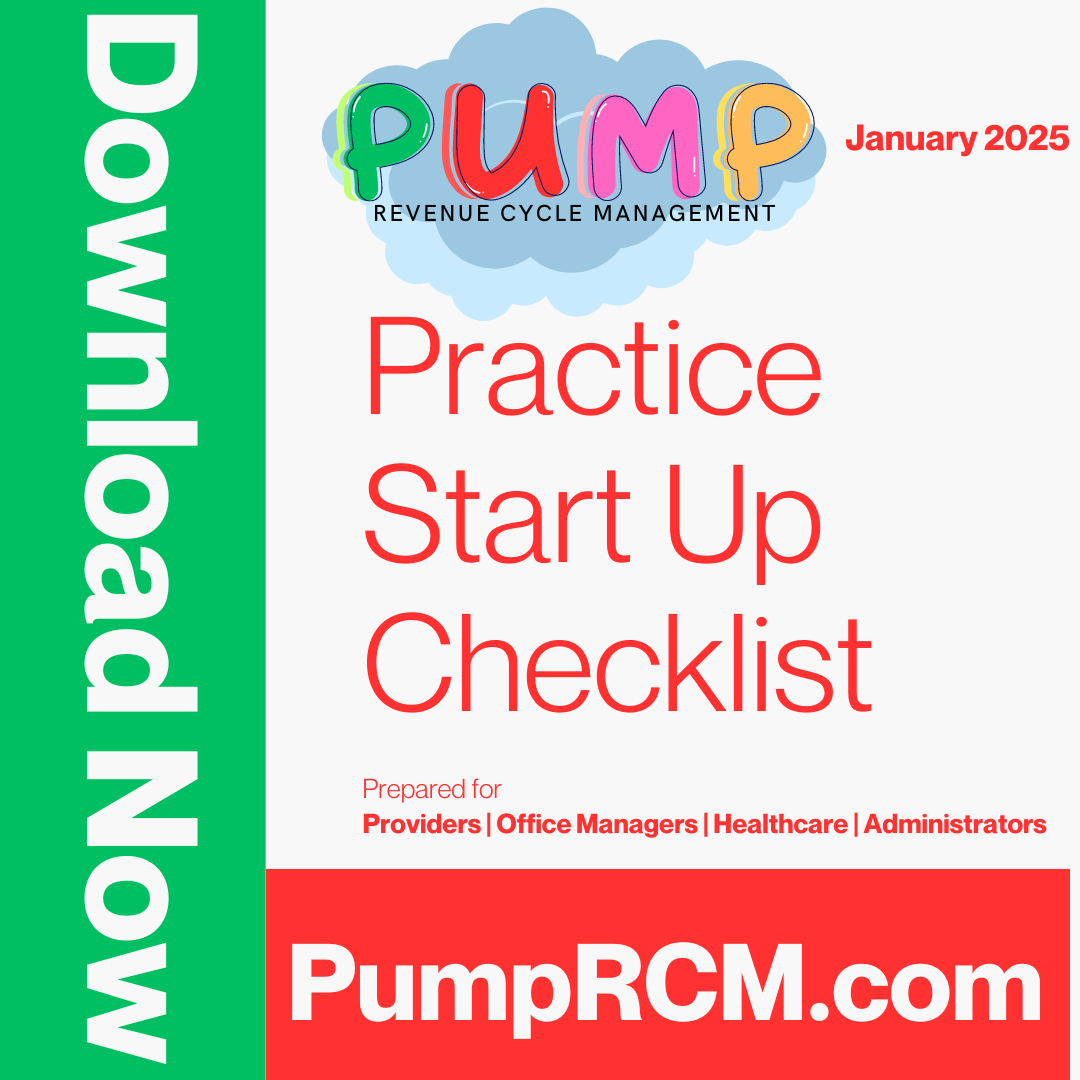The Significance of Healthcare RCM in Enhancing Cash Flow and Performance
The Significance of Healthcare RCM in Enhancing Cash Flow and Performance
Blog Article
A Comprehensive Guide on Exactly How Medical Care RCM Functions to Streamline Billing and Collections
Navigating the complexities of medical care earnings cycle administration (RCM) is critical for companies intending to boost their payment and collections processes. The overview unboxes the intricacies of RCM, from person enrollment to accounts receivable monitoring, supplying understandings into enhancing each step.
Comprehending Earnings Cycle Monitoring
Grasping the intricacies of Revenue Cycle Management (RCM) is essential for health care organizations aiming to maximize their monetary performance. RCM is an important administrative function that encompasses the whole financial procedure of client treatment, from the first appointment readying to the last repayment of the balance. It is an intricate procedure made to recognize, collect, and handle the revenue from the solutions given to people. Reliable RCM makes sure that healthcare service providers get prompt and accurate settlements, minimizing the threat of earnings loss and enhancing cash money flow.
The RCM procedure begins when a patient schedules a visit and expands with the person's treatment trip, including invoicing and collections. A vital purpose is to decrease the time in between supplying a solution and receiving payment, thus improving the company's economic health. RCM entails different features such as client registration, insurance coverage verification, cost capture, coding, declares entry, repayment posting, and handling denials and allures.
Key Elements of RCM
In the realm of Profits Cycle Administration (RCM), understanding its essential components is basic to attaining financial performance within health care companies. RCM is a comprehensive procedure that incorporates various phases, each critical to ensuring reliable invoicing and collections. The key parts consist of person registration, insurance coverage verification, charge capture, coding, case entry, repayment publishing, and accounts receivable management.


Once coded, cases are submitted to payers, where accuracy is critical to prevent hold-ups or rejections - Healthcare RCM. Settlement publishing entails tape-recording the received payments, which permits the settlement of accounts. Lastly, balance dues monitoring concentrates on tracking and attending to unpaid claims, making certain prompt follow-up and resolution
Each element of RCM is adjoined, and inefficiencies in any part can disrupt the whole cycle. Consequently, mastering these components is essential for health care service providers to enhance revenue and improve their financial health.
Strategies for Efficient Payment

Standardizing billing procedures across the company is an additional vital technique. Establishing clear guidelines for documentation, coding, and entry assists maintain uniformity and conformity with regulatory demands. Educating team routinely on these procedures makes sure everyone is current with the most up to date changes in payment codes and payer plans.
Exact cost capture is important in preventing earnings leakage. Implementing normal audits and surveillance systems enables the recognition and correction of inconsistencies prior to they impact profits. Furthermore, keeping open lines of communication with payers assists to promptly deal with any type of disputes or misconceptions that might occur.

Last but not least, engaging people early in the billing process by giving clear estimates and academic materials regarding their financial duties can substantially minimize complication and improve settlement timeliness. These methods collectively add to a much more efficient and economically healthy and balanced billing system.
Enhancing Collections Procedures
A durable collections procedure is crucial for maintaining monetary stability within medical care organizations. Provided the intricacies of clinical payment and the variety of payer demands, enhancing the collections process involves executing critical measures that make sure prompt and exact repayment of solutions made. Central to this is using innovation to automate and simplify processes, boosting and lowering hand-operated errors efficiency. Automation tools can help in tracking claim standings, sending out try this out prompt pointers to individuals, and taking care of denials more properly.
Educating team to comprehend the subtleties of insurance coverage and payment codes is similarly crucial. This knowledge empowers them to attend to invoicing inconsistencies quickly and interact successfully with individuals regarding their economic responsibilities. In addition, clear and clear individual interactions are critical. Offering detailed explanations of fees and using versatile repayment plans can enhance individual fulfillment and timely settlements.
Routine audits of the collections process should be performed to determine locations for enhancement and ensure conformity with policies. By analyzing information, medical care organizations can determine patterns, anticipate prospective concerns, and adapt methods as necessary (Healthcare RCM). Ultimately, a well-enhanced collections process not only sustains economic wellness yet also contributes to an extra seamless experience for individuals and personnel alike
Optimizing Profits Streams
Structure upon the foundation of a strong collections procedure, health care companies can even more strengthen their economic security by purposefully optimizing income streams. This includes a multi-faceted technique, starting with a comprehensive evaluation of existing profits sources to identify ineffectiveness and areas for growth. Employing sophisticated data analytics tools allows companies to obtain insights into payer mix, client demographics, and service utilization patterns, enabling data-driven decisions that improve profits capture.
Implementing automated billing systems can dramatically minimize mistakes and accelerate cases refining, making sure that income is collected extra efficiently. Additionally, maximizing payer agreements through normal arrangements can improve repayment rates and terms, directly influencing the lower line. Branching out solution offerings, such as integrating telehealth or health programs, can likewise bring in a more comprehensive patient base, therefore enhancing income capacity.
Another critical element is find more information enhancing client engagement and satisfaction, as completely satisfied people are much more most likely to adhere to therapy plans and make prompt settlements. Offering flexible repayment choices and transparent billing techniques can improve collections and foster client commitment. Healthcare RCM. By embracing these strategies, health care organizations can produce an extra durable economic structure, making certain continual development and security in an ever-changing sector landscape
Verdict
In final thought, healthcare Earnings Cycle Administration (RCM) plays an important function in enhancing payment and collections procedures by integrating key parts such as individual registration, insurance policy verification, charge capture, coding, asserts entry, and receivable management. By using innovative modern technology, standardizing procedures, and fostering patient interaction, health care providers can substantially reduce claim denials, increase payment cycles, and boost cash circulation. This detailed technique to RCM ultimately results in improved financial performance and sustainability for health care companies.
The RCM process begins when a client schedules a consultation and expands with the individual's treatment journey, consisting of invoicing and collections.Another vital part is enhancing individual interaction and complete satisfaction, as satisfied patients are extra likely to adhere to treatment strategies and make timely repayments. Using flexible repayment options and transparent payment methods can boost collections and foster individual loyalty.In conclusion, medical care Revenue Cycle Administration (RCM) plays my latest blog post a critical function in enhancing billing and collections procedures by integrating crucial parts such as person enrollment, insurance policy verification, fee capture, coding, asserts submission, and accounts receivable administration. By employing sophisticated innovation, standardizing treatments, and fostering person engagement, medical care service providers can dramatically decrease insurance claim denials, speed up repayment cycles, and enhance money circulation.
Report this page